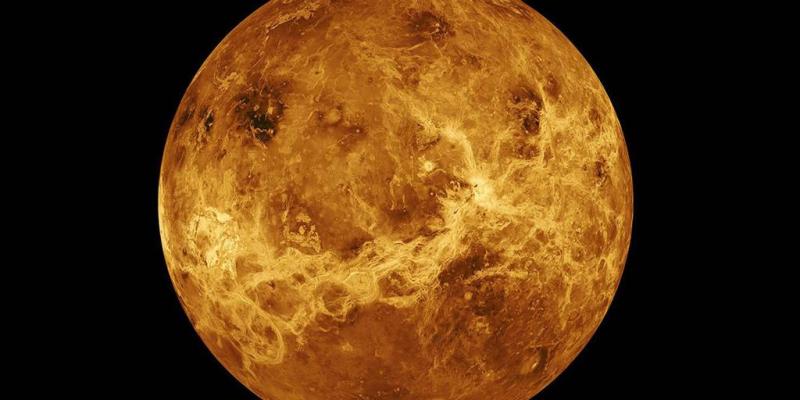A well-timed Venus flyby looks for signs of life in the clouds



Just weeks after the reported discovery of phosphine on Venus - a potential sign of life in the clouds above its hellish surface - a robot spacecraft will study the planet as it swings by on its exploration of the solar system.
The BepiColombo space probe's flyby above Venus at two minutes before midnight ET Wednesday is a coincidence.
The "gravity slingshot" was planned years ago, long before astronomers detected traces of phosphine in the Venusian atmosphere.
But it's the first spacecraft to get near Venus since the discovery - although probably not the last - and measure gases in the planet's atmosphere.
"We will look at what we see in the data, and look for everything - the expected and the unexpected," said Jorn Helbert of the German Aerospace Center's Institute of Planetary Research in Berlin, who works on a BepiColombo instrument called the Mercury Radiometer and Thermal Infrared Spectrometer.
That might include phosphine, but also sulfur dioxide, which would be a sign of ongoing volcanism, he said.
Last month's discovery came too late to allow trajectory changes, and BepiColombo will only get within 6,700 miles of the surface - probably too far to detect phosphine at the reported concentrations of 20 parts-per-billion, Helbert said in an email.

NASA astronauts speak out after historic SpaceX splashdown
But the upcoming flyby will give a better chance of detecting phosphine on a second flyby in August 2021, when BepiColombo will get within 400 miles of the Venusian surface.
"We will use the lessons learned from this flyby to optimize our observing strategy for the next flyby," Helbert said. "The closer we get, the better the signal."
BepiColombo launched two years ago on a seven-year voyage to Mercury, where it will deploy two orbiters - one European and one Japanese - to carry out scientific observations of the closest planet to the sun.
Wednesday's flyby will be its first of two around Venus, followed by six around Mercury itself, to accelerate or decelerate and change its orbit around the sun.
It's the most complex journey carried out by any spacecraft, and the probe is named after the Italian scientist Giuseppe "Bepi" Colombo, who calculated the Mariner 10 probe could decelerate around Venus to get to Mercury, a flyby carried out in 1974.
Slingshots using a planet's gravity are now commonly employed to conserve fuel as spacecraft explore the solar system.
The Mercury Radiometer and Thermal Infrared Spectrometer is designed to study Mercury, and isn't optimal for searching for phosphine on Venus, Helbert said.
It has a better chance, however, of measuring sulfur dioxide, which has been detected there at concentrations of up to 500 parts per billion - more than 20 times the estimated concentration of phosphine.
Sulfur dioxide is quickly destroyed by ultraviolet light, so high concentrations would suggest a volcano had recently erupted, he said.
Caleb Scharf, the director of astrobiology at Columbia University in New York, said the question of Venus' volcanic activity was important to explain the chemistry of both its surface and its clouds.
A recent study suggested phosphine could come from volcanoes, rather than from microbial life, and the observations by BepiColombo could help clarify that, he said.
"If BepiColombo does find hints of interesting stuff in the atmosphere, it'll make the next flyby in 2021 something to really watch out for," he said.







I subscribe to an ESA newsletter, so I've been following BepiColombo since before launch. It's a typical ESA project, jamming lots of science into a small budget. It's a pity not to have known about the phosphiine until it was too late to nudge BepiColombo a little closer.
Thanks for the update.